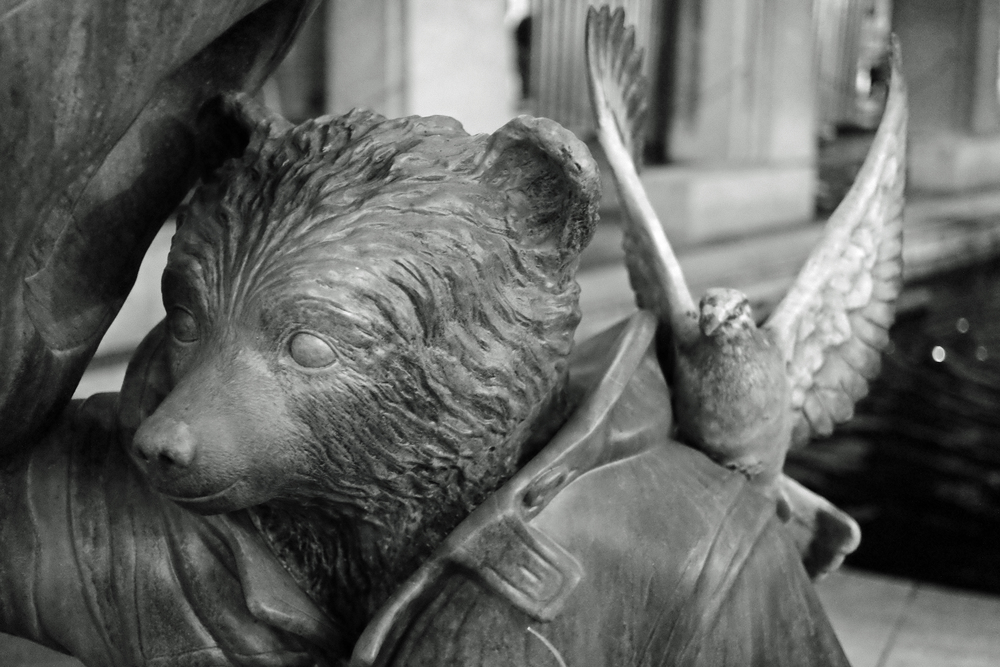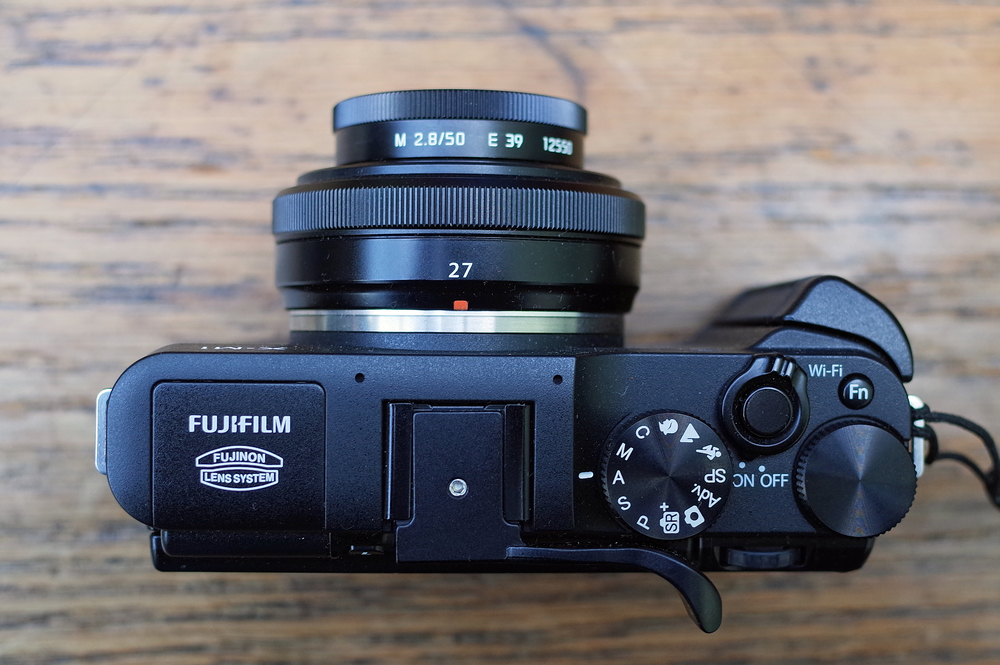
It is looking increasingly likely that the Fuji X-A2 is no more. Stocks are low to non-existent and there’s no indication of when they might be replenished. There may be a few new examples still kicking around here and there but the smart money’s on the end of the line for the smallest interchangeable-lens camera in the Fuji lineup. It’s a shame in one regard; there will be nothing smaller or cheaper than the X-E2S in the catalogue—but it is hardly a surprise.
In the X-Series Fuji now have a mature, flexible, well-regarded (not to say award-winning) body and lens lineup. I don’t doubt for a minute that having experimented with entry level models (let’s not forget the X-A1 and the X-M1, the latter the only camera in the range that I have owned twice so far…) the bean counters have taken a critical look at where the money is made and have pruned the R&D budgets accordingly. I suspect this process has been hastened by the roll-out of the 24mp sensor first seen in the X-Pro2 and now in the eagerly awaited X-T2. I would wager that the unit cost of the new sensor is significantly higher than the old 16mp and that it therefore makes more sense to wrap it in a premium body, like the Pro2, T2 and the X100T successor.

As I have already mentioned, I very much doubt that we will see an X-E3 anytime soon—a similar logic prevails. The other, more interesting force at work is hinted at in the previous paragraph—the Fuji X-Series has arrived. It is no longer the new kid on the block and has even seen off competition from the likes of Samsung along the way. The thing about having been around for a bit is that you have “history”—in this case a strong “back catalogue” of bodies available on the secondhand market, almost all with that trusty 16mp sensor. You can pick up an X-Pro1 for under three hundred quid these days, from a dealer with a six month warranty. X-E1s abound and there are more than a few X-T1s hitting the market to make way for X-T2s in early-adopter gadget bags.

So, this means that Fuji no longer needs to make an entry-level model to bring people into the brand. The only downside is for those who want or need a very small backup body to one of the flagship models. My X-Pro2 is currently shadowed by my X-E2 for those purposes; while the latter is bigger, it is also more capable—plus it has an EVF and no tilty—swings and roundabouts. A strong showing in dealer windows and on the likes of eBay means that brand beginners can dip their toes in the water with bodies that, secondhand, are far more capable than a new X-A2. So don’t look at the end of the entry-level as a bad thing. From where Fuji is sitting, it is the end of the beginning…
____________
- You can find more from Bill Palmer at Lightmancer
- Subscribe to Macfilos for free updates on articles as they are published. Read more here
- Want to make a comment on this article but having problems? Please read this

Just read that the replacement X-A3 is available at Amazon and is the the top ten of all their cameras. Nice to see that Fuji did not drop the "starter" X series cameras, and that the newest version may be the most successful after all. I really enjoyed my time with my X-A1, but it didn’t get much use after I got my XT-1. Sold it to a friend on a limited budget who was looking to get into the Fuji X system.
The sensor upgrades for Fuji may be less of a driving force for new camera sales. I did sell my X-pro1 when the 2 came out, but this was entirely due to the improvements the 2 presented in the area of manual focus. As I look back at the photos from the 1, I am not completely sure I like them any less than those from the 2…..I am hesitant, but at times, find myself thinking I like them better. Good thing the recovery will be fairly low priced. Should it be necessary.
I have always wondered if a manufacturer could realize any success in establishing a sensor- kind of like a film- and making it available through the generations of digital cameras.
Thanks Bill for the visual tip about using the Leica 50mm f 2.8 Elmar hood for the Fujifilm 27mm. I already use it on the 50mm collapsible Summicron, so now I have a third lens for this versatile hood. Mine is chrome, but I don’t practice colour discrimination of any kind.
As for the ‘thumbs up’ thing I will give it ‘thumbs down’ as I don’t see the point of these but lots of other people seem to like them. My ‘small camera’ is currently a Lumix 100. I like the fact that it gives me a pretty full range of controls on dials (apart from ISO and a few other things). When it comes to cameras I am menu-phobic.
William